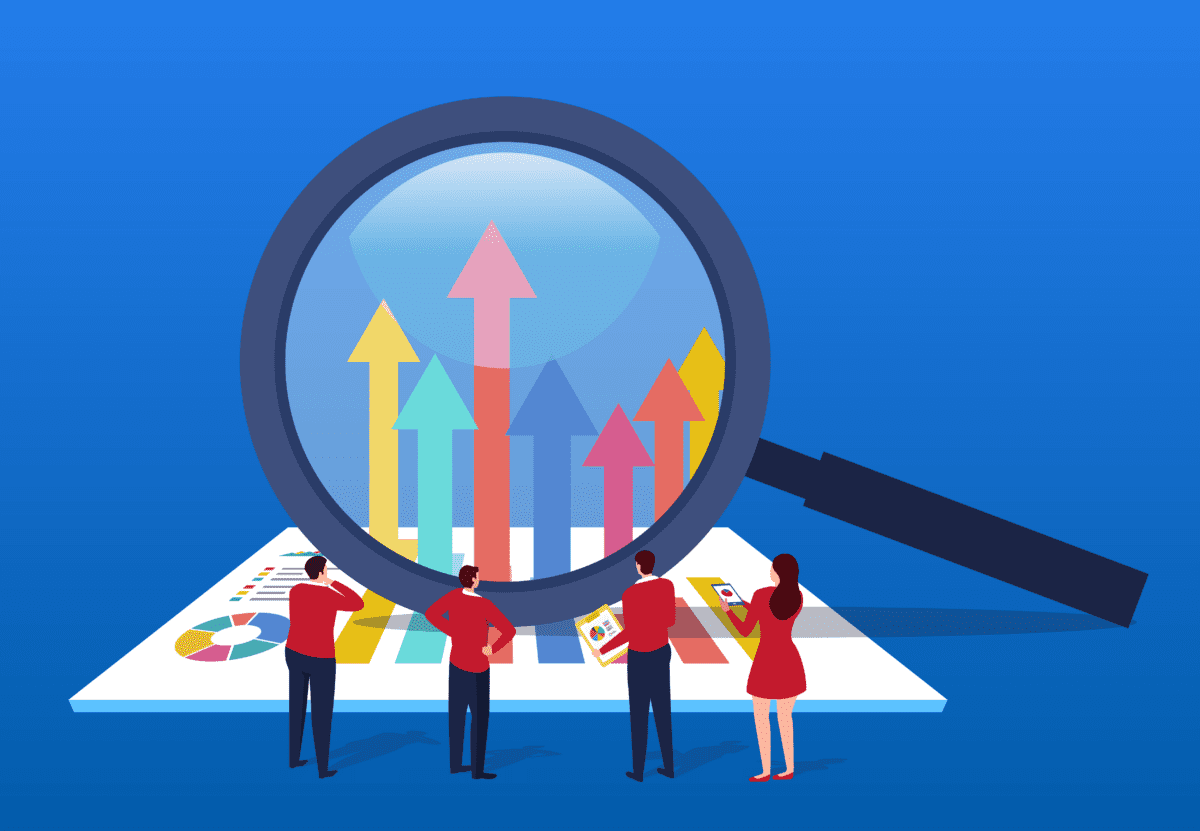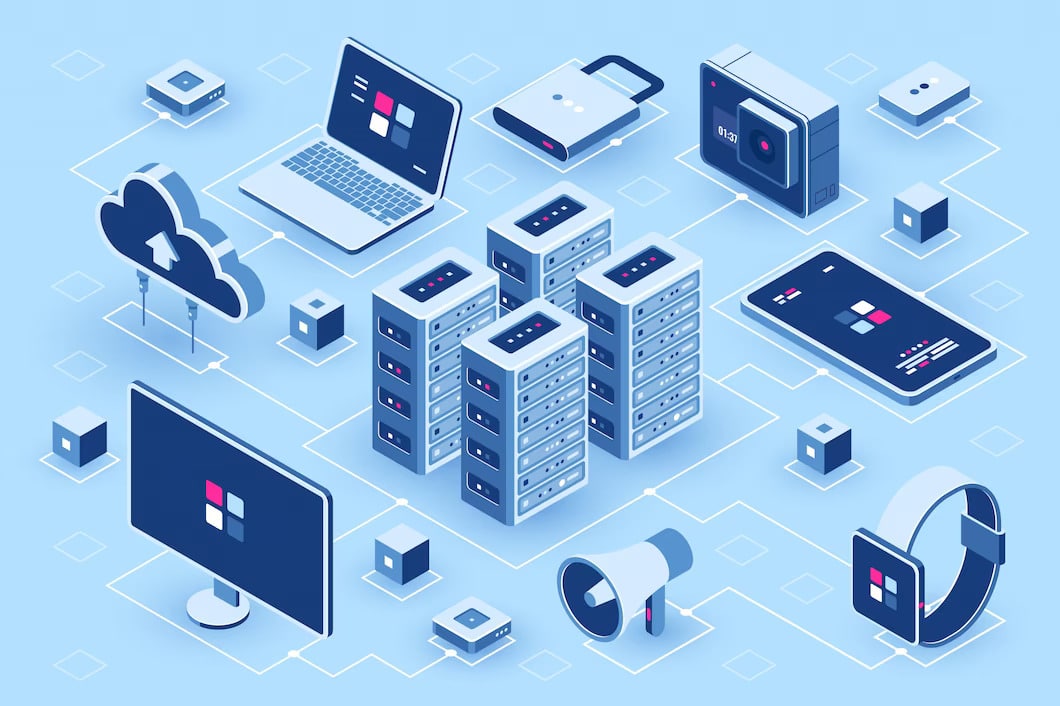What is Data Integrity?
Data integrity is the measure of accuracy, consistency, and completeness of an organization’s data. This also includes the level of trust the organization places on its data’s validity and veracity throughout its entire life cycle.
As a core component of data management and data security, data integrity revolves around who has access to the data, who is able to make changes, how it’s collected, inputted, transferred, and ultimately how it’s maintained over the course of its life.
Companies are subject to guidelines and regulations from governing organizations such as the GDPR to maintain certain data integrity best practices. Requirements are particularly critical for companies in the healthcare and pharmaceutical industry but remain important to decision-making across all sectors.
Why is Data Integrity Important?
Data integrity is important for a number of reasons, key factors include:
- Data Reliability & Accuracy – Reliable and accurate data is key to driving effective decision-making. This also assists employees in establishing trust and confidence in their data when making pivotal business decisions.
- Improving Reusability – Data integrity is important to ensure the current and future use of an organization’s data. Data can be more easily tracked, discovered, and reused when strong integrity is maintained.
- Minimizing Risks – Maintaining a high level of integrity can also minimize the dangers and common risks associated with compromised data. This includes things such as the loss or alteration of sensitive data.
Risks of Data Integrity
If data integrity is important to mitigating risks, what risks are involved?
Many companies struggle with challenges that can weaken one’s data integrity and cause additional inefficiencies. Some of the most common risks to be aware of are the following:
- Human Error – Mistakes are bound to happen, whether they be intentional or unintentional. These errors can occur when proper standards are not followed, if the information is recorded or inputted incorrectly, or in the process of transferring data between systems. While this list is not exhaustive, all of these are able to put the integrity of an organization’s data at risk.
- Transfer Errors – Transferring data from one location to another is no small task, leaving room for possible errors during the transfer process. This process can result in altering the data and other table inaccuracies.
- Hardware Problems – Though technology has come a long way by the means of hardware, compromised hardware still poses a risk to data integrity. Compromised hardware can cause problems such as limited access to data or loss of the data entirely.
Data Integrity vs. Data Quality
Are data integrity and data quality the same thing? No, despite their similar definitions and joint focus on data accuracy and consistency, data integrity and data quality are not one and the same.
Data quality is merely one component of data integrity as a whole. Integrity stems beyond whether the data is both accurate and reliable and instead also governs how data is recorded, stored, transferred, and so on. This extension of components, particularly when it comes to the additional context surrounding the data’s lifespan, is where the primary distinction between the two lies.
To sum up, data integrity plays a deciding role in ensuring accurate data that can be easily discovered, maintained, and traced back to its original data source.












